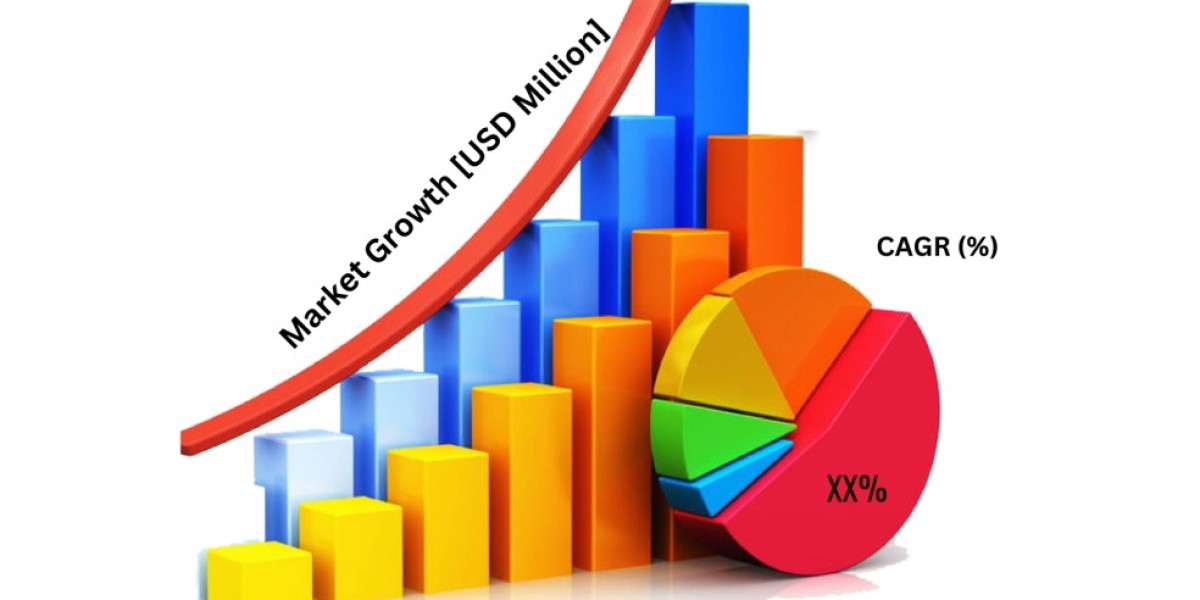The Forex (foreign exchange) market is the largest and most liquid financial market in the world, where trillions of dollars in currency trades occur daily. For traders, investors, and financial analysts, accurately predicting currency price movements is paramount. With the rise of machine learning and artificial intelligence (AI), integrating Forex data into machine learning models is becoming an essential approach for achieving better trading results. In this article, we’ll explore how a Forex API for Machine Learning can transform your trading strategies and help you make data-driven decisions.
What is Forex API?
A Forex API (Application Programming Interface) is a tool that allows developers and traders to access real-time and historical currency exchange data. Through this interface, users can retrieve price information, execute trades, and even access complex market analytics. The data provided by Forex APIs typically includes exchange rates, historical price data, trading volume, and other relevant market indicators.
Forex APIs are commonly used by algorithmic traders, financial analysts, and developers to build custom trading applications, bots, and financial models. By utilizing these APIs, users can automate their trading strategies, backtest them, and fine-tune their models with accurate and up-to-date data.
Why is Forex API Essential for Machine Learning?
Machine learning requires high-quality, accurate, and consistent data to train algorithms effectively. The integration of a Forex API for Machine Learning offers several key advantages for traders and developers:
1. Access to Real-Time Data
The Forex market is highly dynamic and can change in the blink of an eye. To train machine learning models effectively, real-time data is crucial. A Forex API provides developers with the necessary tools to fetch live market data, which can be used to develop predictive models in real time.
For machine learning applications, real-time data allows algorithms to detect patterns, analyze trends, and make instant predictions. Without real-time data, machine learning models would be working with outdated or inaccurate information, which could negatively affect predictions and decisions.
2. Comprehensive Historical Data for Backtesting
Machine learning models, especially those used in trading, require vast amounts of historical data for backtesting. Backtesting allows developers and traders to evaluate how well a machine learning model would have performed in the past using real market data. This process is essential for validating model assumptions and making necessary improvements before live deployment.
With a Forex API for Machine Learning, accessing historical Forex data becomes a streamlined process. Developers can pull data across multiple timeframes, including minutes, hours, days, or even months, to backtest their models thoroughly.
3. Automating Trading Decisions
One of the greatest benefits of combining Forex data with machine learning is the ability to automate trading decisions. Forex APIs allow for seamless integration with algorithmic trading bots, which can be programmed to buy or sell currencies based on machine learning models.
Machine learning models can be trained to predict the movement of currency pairs, identifying trends, and setting trade alerts. By combining these models with an automated trading system, traders can execute trades automatically when certain conditions are met.
4. Enhanced Predictive Models
Forex APIs provide a wealth of data that can be fed into machine learning models to enhance their predictive capabilities. Whether it's price fluctuations, market sentiment, or economic indicators, the more data you provide to the machine learning algorithm, the more accurate and effective its predictions will be.
For instance, deep learning models such as recurrent neural networks (RNNs) and long short-term memory networks (LSTMs) can benefit from the vast amount of Forex data provided by APIs. These models can process large datasets and identify patterns that would be difficult for human analysts to recognize.
Types of Forex APIs Available
There are various Forex APIs available in the market, each with its own set of features and capabilities. Here are a few common types of Forex APIs:
1. Real-Time Forex API
A real-time Forex API delivers up-to-the-minute data on currency exchange rates, often with low latency. This type of API is essential for high-frequency traders or those who need to make rapid trading decisions. It can also be used to update machine learning models in real time.
2. Historical Forex API
Historical Forex APIs provide past exchange rate data that can be used for backtesting and analyzing past market behavior. These APIs can offer granular data, down to the minute or even second, depending on the service. Traders and developers can use this data to train their machine learning models and refine their algorithms.
3. Forex Market Sentiment API
Market sentiment plays a crucial role in the Forex market. Some Forex APIs provide sentiment analysis, aggregating data from news, social media, and economic reports. These APIs can feed machine learning models with sentiment data, helping to predict currency price movements based on investor emotions and market trends.
Benefits of Using Forex API for Machine Learning
- Accuracy: With high-quality data from Forex APIs, machine learning models can make more accurate predictions, which leads to better trading decisions.
- Speed: Real-time data allows machine learning models to make decisions quickly and accurately, optimizing trading strategies.
- Scalability: You can scale your machine learning models to process vast amounts of Forex data, allowing for more sophisticated strategies.
Conclusion
A Forex API for Machine Learning opens up new possibilities for traders, developers, and financial analysts. By integrating accurate, real-time Forex data into machine learning models, you can make data-driven decisions, optimize trading strategies, and automate processes. Whether you're backtesting models or executing live trades, the power of machine learning combined with Forex APIs can lead to smarter, more efficient trading.








